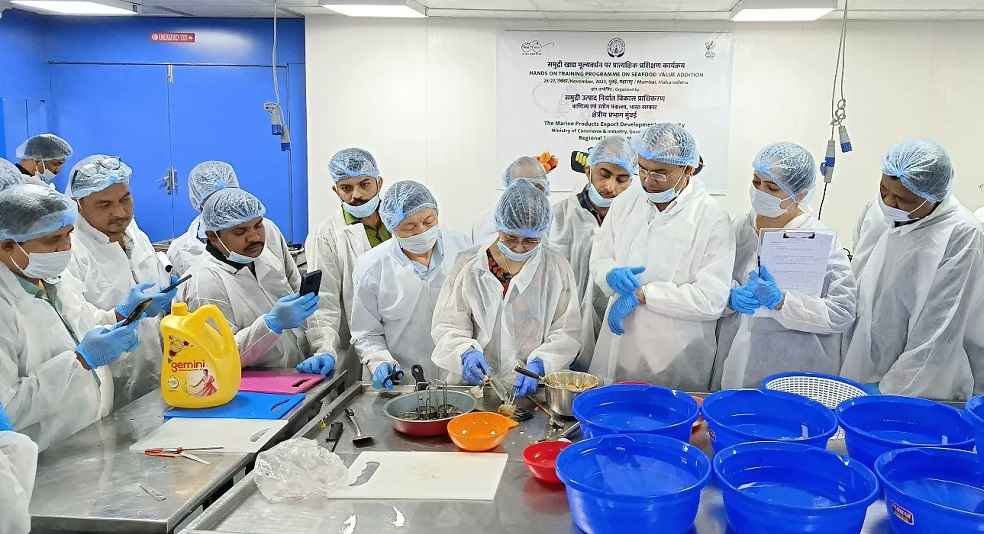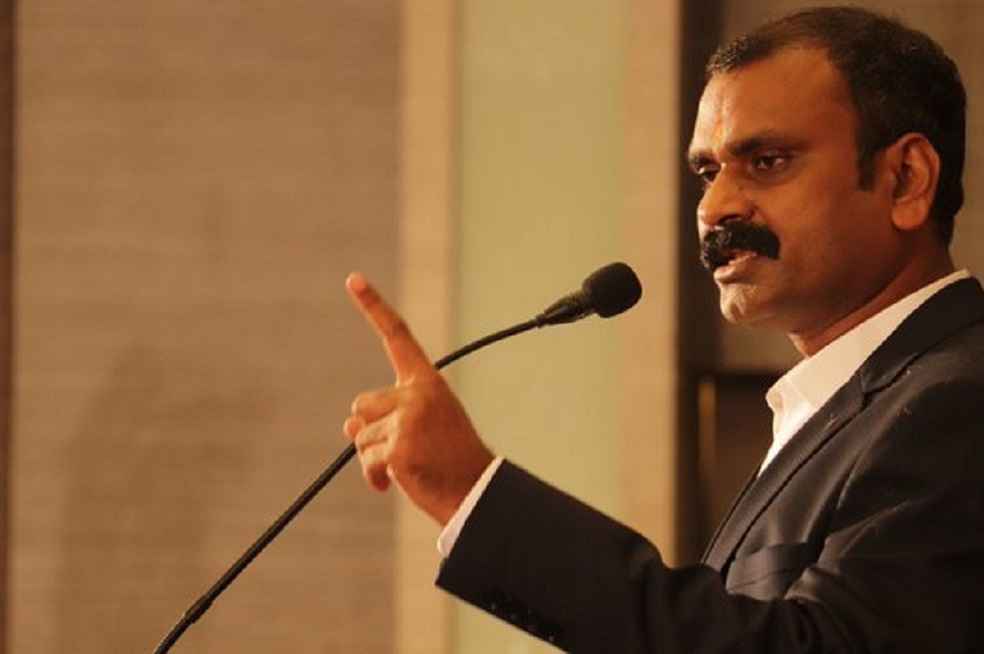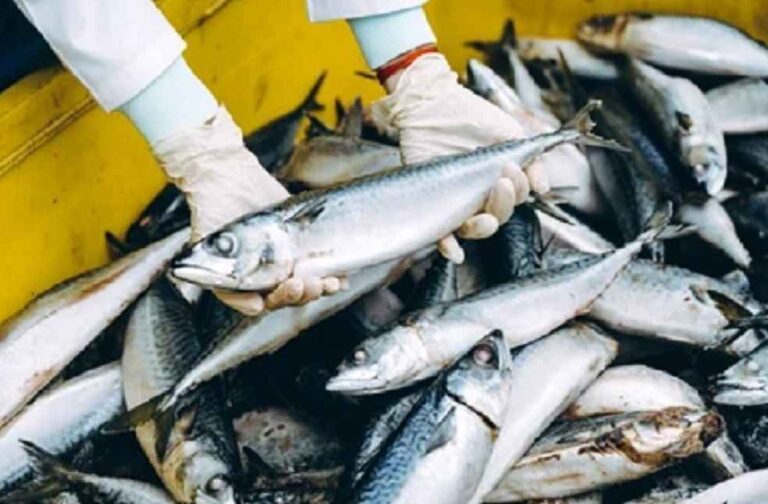India embarks on an ambitious journey to double its value-added seafood production by 2030, setting a target of $1.6 billion. The Marine Products Exports Development Authority (MPEDA) spearheads this initiative, recognizing the growing global demand and higher profit margins associated with value-added seafood products.
MPEDA Chairman D V Swamy highlights the strategic focus on this sector, aiming for a 20 percent value addition by 2030. This move responds to shifting consumer preferences and increasing competition from nations like Thailand, Vietnam, and China. India’s seafood exports have already marked significant achievements, reaching $8.09 billion in the most recent fiscal year, with value-added products constituting about 10 percent of this total.
The global seafood market, valued at $189 billion, sees value-added products representing 18 percent, and India currently holds approximately 2.5 percent of this market share. To enhance its position, MPEDA organized its first training session on November 21 with Vietnamese experts Tran Quoc Son and Chu Thi Tuyet Mai, focusing on integrating value-added processes in seafood processing facilities.

To achieve its ambitious target, MPEDA introduced a multi-faceted development initiative. This includes capacity building in the processing sector, worker training programs, and efforts to reduce bureaucratic hurdles. MPEDA advocates for tariff reductions on essential components of value-added seafood processing to facilitate industry growth.
India, as the third-largest fish producer, second-largest in aquaculture, and fourth-largest seafood exporter, positions itself to become an even more significant player in the global seafood market. The country aims to reach $14 billion in seafood exports by 2025.
Despite some challenges, including political turbulence in the U.S., India’s largest export market, the seafood industry shows resilience. Swamy reports a 6 percent increase in seafood exports by volume in the current fiscal year, with significant increases noted in August and September 2023.

At the Global Fisheries Conference in Ahmedabad on November 22, India’s Minister of State for Fisheries, Animal Husbandry, and Dairying, L Murugan, reaffirmed the government’s support for the industry. This includes transitioning from near-shore to deep-sea fishing and financial assistance for upgrading fishing vessels. The focus is also on increasing tuna-fishing capacity and technological advancements for sustainable deep-sea fishing.
Murugan emphasizes the potential for start-ups in the deep-sea fishing sector and the importance of collaboration between research agencies for more efficient and safer fishing practices. World Bank Consultant Arthur Neiland highlights India’s untapped potential in tuna fishing, with the country utilizing only 12 percent of the tuna in its exclusive economic zone.
India’s concerted effort to boost its value-added seafood production demonstrates a clear vision for the future, blending economic growth with sustainable practices in the dynamic global seafood market.
IMEX SECTOR | Russia, China Unite in Japan Seafood Ban: Geopolitics or Genuine Health Concern?



